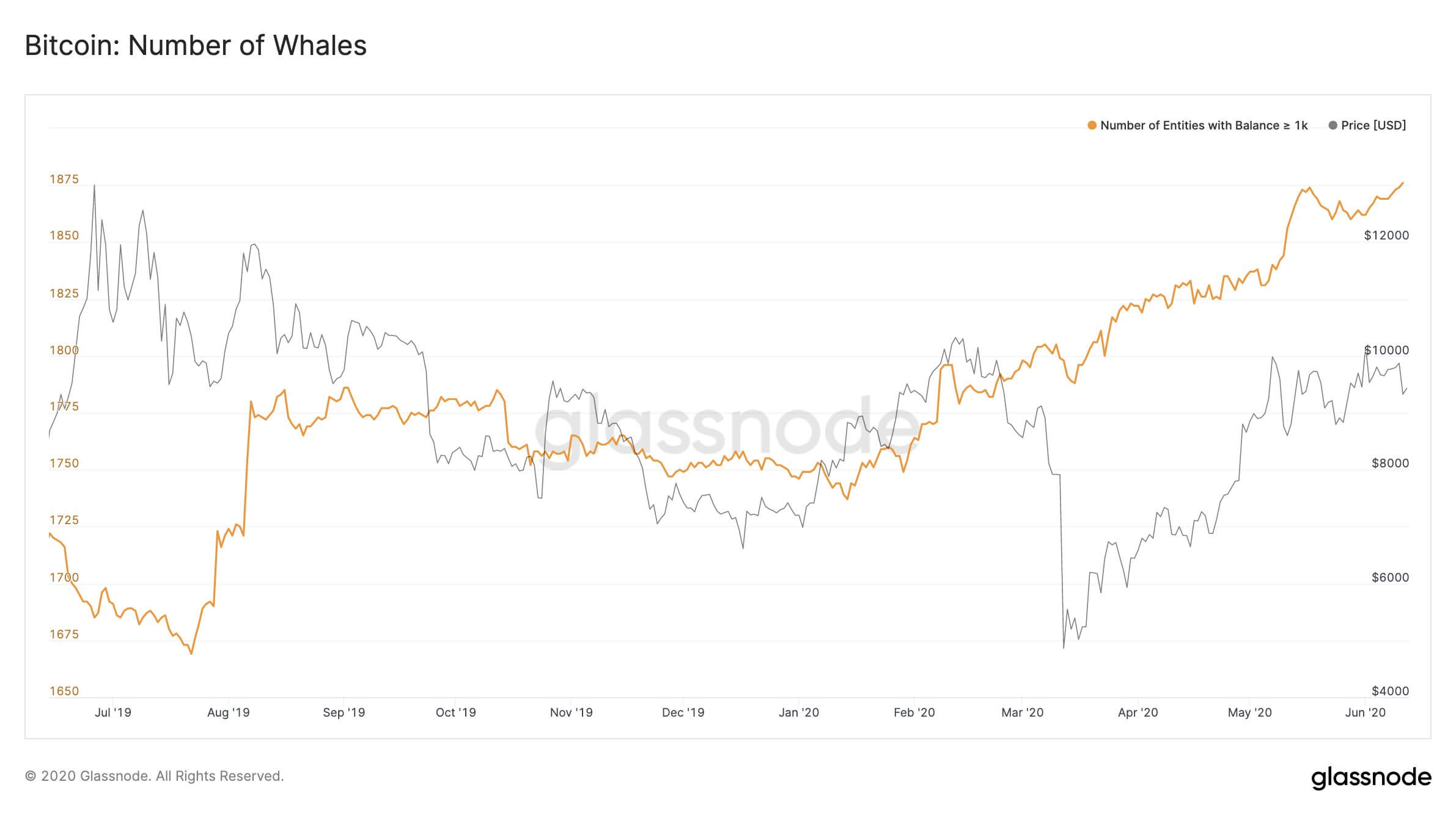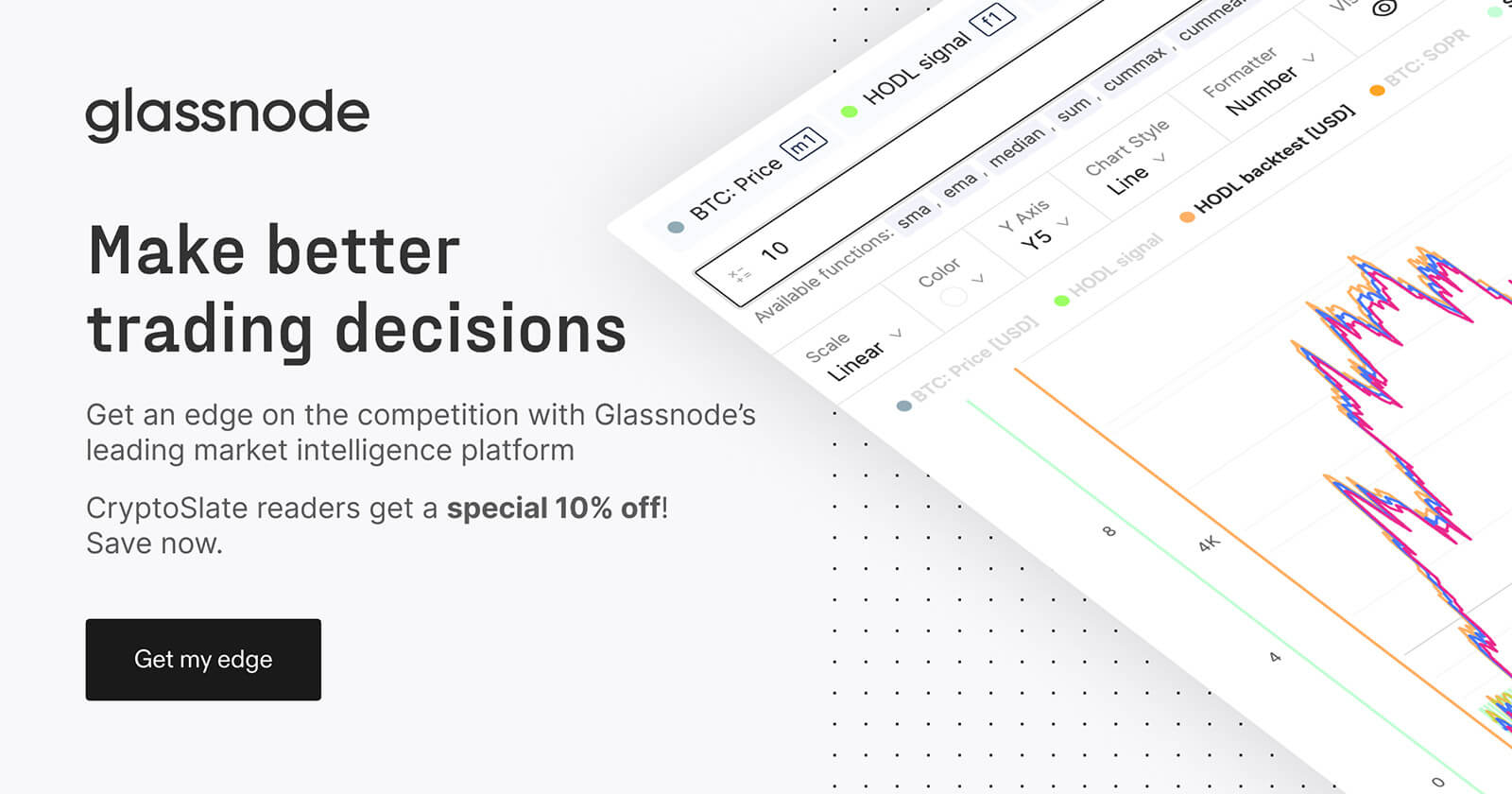 New Glassnode metric calculates profit/loss for “moved” Bitcoin, “Whales” seen stacking up on BTC
New Glassnode metric calculates profit/loss for “moved” Bitcoin, “Whales” seen stacking up on BTC New Glassnode metric calculates profit/loss for “moved” Bitcoin, “Whales” seen stacking up on BTC

Photo by Hoang M Nguyen on Unsplash
Onchain providers like Glassnode and Skew are known for providing institutional-level, sophisticated metrics to the everyday crypto trader. Such data, when used in tandem with price information, help with the creation of trading and investing strategies.
But the analysis can also provide insight into what the crypto market’s richest, most influential traders are doing – using a curation of on-chain metrics.
Predicting BTC markets
Glassnode launched a new tool called the Realized Profit and Loss (RPL) on June 12, aimed at calculating the profit, or loss, of “moved” Bitcoin.
1/ #Bitcoin Realized Profit & Loss (RPL) shows the total profit/loss of moved bitcoins.
For each $BTC transfer, the current price is compared to the price at the last movement to derive the total on-chain volume in profit and loss.
Charts now live ?https://t.co/6uWGdt9xt8 pic.twitter.com/WNYa9QH49k
— glassnode (@glassnode) June 12, 2020
For each BTC transfer, said Glassnode, the current Bitcoin prices are compared to the price “at the last movement” for determining total on-chain volume in terms of profits and losses.
Overall, the RPL indicator contributes to Glassnode’s Spent Output Profit Ratio (SOPR):
2/ RPL can be read as the profit and loss components that contribute to SOPR.
Is SOPR high/low because of #BTC movements in high profit or at high losses?
Net Realized Profit/Loss resembles SOPR and shows the net profit/loss value of moved $BTC.
Chart: https://t.co/WuLOSup7Gr pic.twitter.com/4bqI5GkvFf
— glassnode (@glassnode) June 12, 2020
As explained in a blog, the SOPR helps with determining supply economics for Bitcoin. It represents the profit ratio of BTC moved on-chain, as is a ratio of the purchase price and sale price.
The above can help with predicting Bitcoin’s future price movements. As a simple example, if all BTC from a certain mined Block “A” is in profit, miners are incentivized to keep holding. Vice-versa, Bitcoins in a “loss” could theoretically lead to offloading and increase downward selling pressure.
Glassnode explains:
“During bull runs, the market quickly corrects prices which drive the SOPR value below 1 (…) This is likely due to increased confidence that prices will continue to rise during a bull market, so it would be irrational to sell at a loss when gains are imminent.”
Whales increase by 10 percent
Meanwhile, Bitcoin whales are having a field day, even as global markets crash and investors are seemingly recommending Bitcoin and gold as a financial hedge.
In a tweet, Glassnode noted “whales,” a colloquial term for individuals/corporations holding large amounts of Bitcoin, has risen over 9 percent in the past year. Accounts holding over 1,000 BTC — determined by a process of algorithmically mapping transactions and other accounts — fall in this category.

The firm refers to such accounts as “entities” over “individuals,” as the latter can have several Bitcoin addresses and provide a false data point for the overall industry.
In an earlier post on the subject, Glassnode said over 75 entities held upwards of 10,000 BTC with just 7 accounts holding more than 100,000 BTC. Coinbase, which has caught flak in recent times for crashing when crypto markets plunge, holds the most — over 980,000 BTC as of January 2020.


















































































![Skew [acquired by Coinbase]](https://cryptoslate.com/wp-content/themes/cryptoslate-2020/imgresize/timthumb.php?src=https://cryptoslate.com/wp-content/uploads/2019/11/skew-logo.jpg&w=16&h=16&q=75)











![Skew [acquired by Coinbase]](https://cryptoslate.com/wp-content/themes/cryptoslate-2020/imgresize/timthumb.php?src=https://cryptoslate.com/wp-content/uploads/2019/11/skew-logo.jpg&w=100&h=100&q=75)